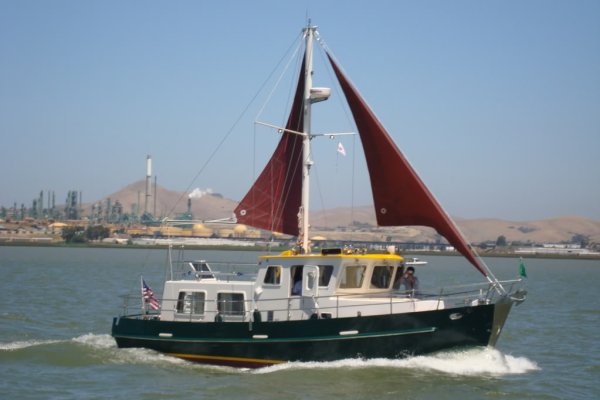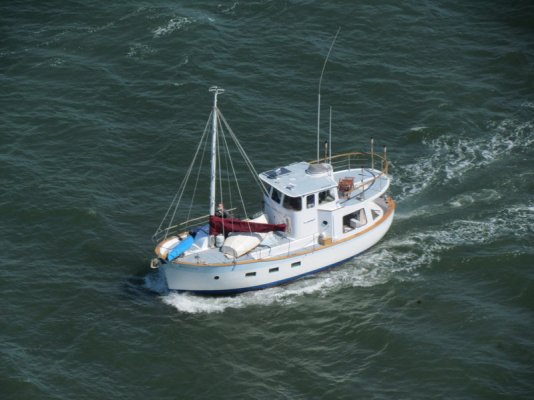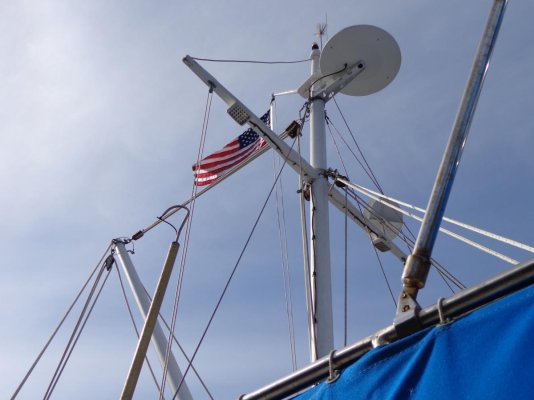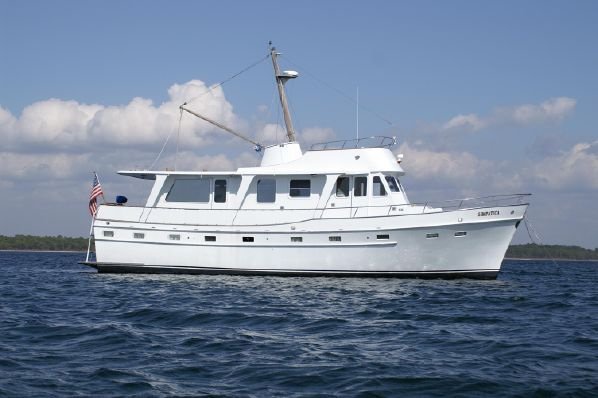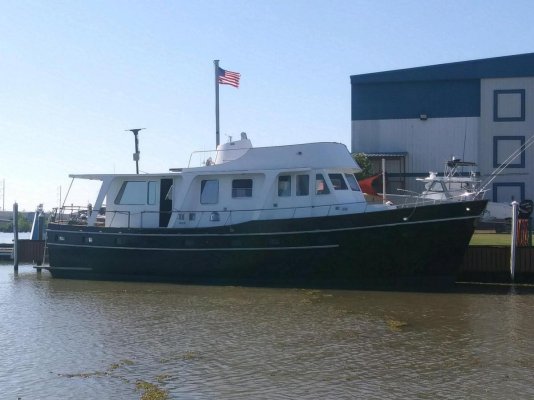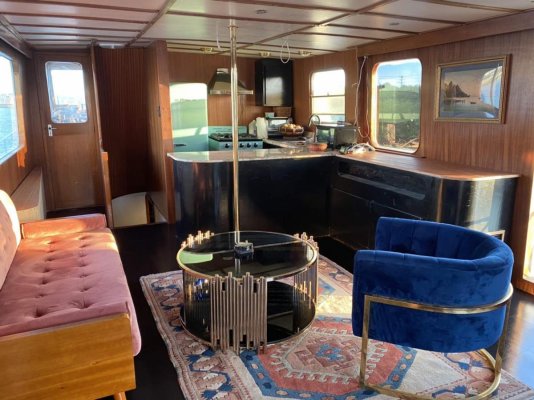tkamber
Newbie
Our Cheoy Lee 55 is at the end of a long refit and we never reinstalled the mast or boom since we don’t have need of so much hoisting power up top (switched to an inflatable for a tender).
However, the old setup also served as a stabilizing system with a staysail, and I want to check before deciding to discard the boom and mast and rigging. I know the boat is prone to rolling (which I’ve experienced already in a Gulf crossing), but I don’t anticipate doing much, if any, open water cruising in the foreseeable future. Most use will be weekend trips around Long Island Sound and maybe up the coast of New England. I hate to invest the time and deck space up top to reinstall all that equipment if I’m not likely to need it.
Does anyone have a sense of how useful the staysail is in terms of actually stabilizing the roll? Am I underestimating how much difference it will make?
Thanks for any advice!
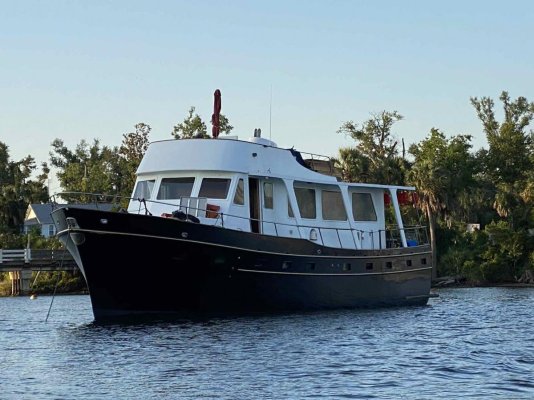
However, the old setup also served as a stabilizing system with a staysail, and I want to check before deciding to discard the boom and mast and rigging. I know the boat is prone to rolling (which I’ve experienced already in a Gulf crossing), but I don’t anticipate doing much, if any, open water cruising in the foreseeable future. Most use will be weekend trips around Long Island Sound and maybe up the coast of New England. I hate to invest the time and deck space up top to reinstall all that equipment if I’m not likely to need it.
Does anyone have a sense of how useful the staysail is in terms of actually stabilizing the roll? Am I underestimating how much difference it will make?
Thanks for any advice!


